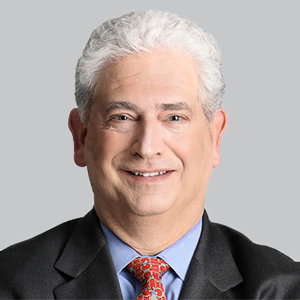Article
FDA Issues CRL for Diazepam Buccal Film for Seizure Cluster Treatment
Author(s):
Aquestive Therapeutics plans to provide the agency with information on pharmacokinetic modeling to demonstrate that the desired levels of diazepam exposure can be achieved with dose adjustments.
Keith J. Kendall

The FDA has sent a complete response letter (CRL) to Aquestive Therapeutics for its new drug application (NDA) for diazepam buccal film (Libervant) for the management of seizure clusters. The agency indicated that certain weight groups in a study that was part of the NDA showed a lower drug exposure level than what was desired.1
Aquestive noted in a release that it plans to provide the FDA with additional information on pharmacokinetic modeling in order to demonstrate that the desired levels of exposure can be achieved with dose adjustments. Additionally, the regulatory agency stated that a small number of deviations from protocol were identified in blood draws in 1 of the studies included. No other safety, clinical, or Chemistry, Manufacturing and Control issues were identified in the CRL, and no further clinical studies are anticipated as necessary to complete the resubmission for the therapy.
“While we are surprised by and disappointed with the Agency’s decision, we remain committed to continuing to work with the FDA toward approval of Libervant to provide epilepsy patients with the first orally-administered treatment for breakthrough and seizure clusters,” said Keith J. Kendall, president and chief executive officer, Aquestive, in a statement. “We look forward to quickly scheduling a meeting with the FDA to solidify Libervant’s path forward and in-turn move toward the NDA resubmission before year’s end. Epilepsy patients have been underserved for some time with little choice beyond device-based products such as rectally administered gels and nasal sprays and Libervant represents a meaningful and improved therapy for patients who can’t or won’t use the alternatives.”
WATCH NOW: The Clinical Care Potential of EpiTRAQ
Based on its interactions with the FDA, the company stated that this CRL will not be a barrier to the eventual approval of the therapy. Aquestive added that it plans to request a Type A meeting with the FDA in the coming weeks with plans to resubmit the NDA before the end of 2020, which would result in a new Prescription Drug User Fee Act (PDUFA) action date sometime in the first half of 2021.
The NDA was originally accepted for submission in early February of this year. It was supported by data from a single-dose crossover study (NCT03953820) including adult patients aged 18 to 65 years with epilepsy who were on a stable regimen of ≥1 antiepileptic drug, the data from which were presented at the 2019 Annual Meeting of the American Epilepsy Society (AES). Those patients were randomly assigned to receive a single dose of either diazepam buccal film or diazepam rectal gel separated by a 28-day washout period. Both were administered according to a weight-based regimen—dose range: 12.5–17.5 mg for the buccal film; 12.5–20 mg for rectal gel for 51–111 kg.2
In total, 28 patients were included in the final analysis, receiving mean doses of 15.4± -1.9 mg of the diazepam buccal film and 17.1± -3.0 mg of the rectal gel. Mean Cmax values for the buccal film were 204.26 ng/mL compared with 211.22 ng/mL in the rectal gel group, demonstrating comparable but less variable Cmax values with diazepam buccal film versus rectal gel (P <.0001). Across the different weight categories, mean maximal plasma concentration (Cmax) values were consistently 150 ng/mL in the buccal film group.
The second study, also presented at AES 2019, was a phase 3 safety and tolerability trial (NCT03428360), in which patients aged 2 to 65 years were received diazepam buccal film doses ranging from 5 mg to 17.5 mg. Doses were administered at home by the patient or a caregiver, and could be given for up to 5 seizure episodes per month.3
Results of that analysis included data from 72 patients (adults, n = 59; adolescents, n = 7; pediatric, n = 6). Overall, 6.9% (n = 5) of patients reported 7 mild treatment-related AEs over a mean of 192 days of follow-up, with 1 patient reporting mild local buccal discomfort. Thirteen serious, but non-treatment-related AEs were reported; however, no patients discontinued participation due to AEs. The most common treatment-related AEs were somnolence, lethargy, altered state of consciousness, mouth swelling, oral discomfort, gait disturbance, and skin sensitization (all n = 1).





